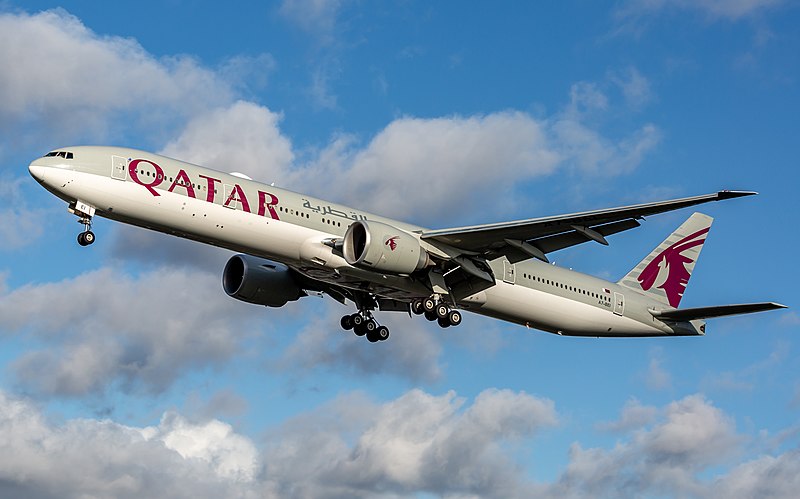
A Qatar Airways flight from Doha to Dublin encountered severe turbulence on Sunday, resulting in injuries to twelve individuals.
The flight, which landed in Dublin just before 1pm local time, was greeted by emergency services, including airport police and fire and rescue personnel.
According to a statement from Dublin Airport, six passengers and six crew members sustained injuries during the incident, with eight individuals being taken to the hospital for further assessment. The turbulence occurred while Qatar Airways flight QR107 was flying over Turkey, the statement noted.
Dublin Airport confirmed it was providing support to passengers and staff, ensuring that airport operations remained unaffected. The return flight to Doha, QR018, is still scheduled to proceed, though with a delayed departure.
In a statement to CNN, Qatar Airways confirmed the safe landing of the flight in Dublin and mentioned that “a small number of passengers and crew sustained minor injuries in flight and are now receiving medical attention.” The airline also stated that “the matter is now subject to an internal investigation,” emphasizing that the safety and security of passengers and crew are paramount.
This incident follows a similar event a few days earlier, where 104 passengers were injured and one man with a heart condition died on a Singapore Airlines flight due to severe turbulence.
Flight SQ321 from London to Singapore was cruising at 37,000 feet on Tuesday when it experienced a sudden drop followed by several sharp altitude changes, according to flight tracking data.
Is Turbulence on the Rise?
Annually, approximately 65,000 aircraft encounter moderate turbulence in the US, with about 5,500 facing severe turbulence. These numbers may increase in the future.
Paul Williams, a professor of atmospheric science at the University of Reading in the UK, told CNN in 2022 that climate change might be increasing turbulence. “We ran some computer simulations and found that severe turbulence could double or triple in the coming decades,” Williams said.
These findings, confirmed by subsequent observations, highlight a type of turbulence known as “clear air turbulence,” which lacks visible cues like storms or clouds, making it sudden and difficult to avoid.
Singapore Airlines stated that its flight encountered sudden turbulence, with ongoing investigations. A previous CNN analysis of satellite data indicated that the flight entered an area with developing thunderstorms, which can produce turbulence.
It remains unclear what type of turbulence the Qatar Airways flight experienced. Photo by Fsheng666, Wikimedia commons.








































